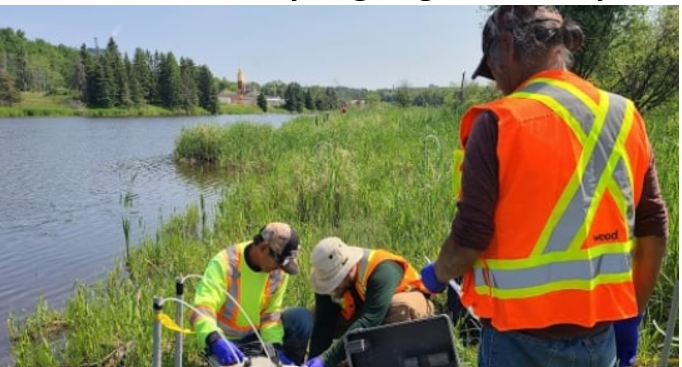Mercury poisoning near Grassy Narrows First Nation worsened by ongoing industrial pollution
Contamination of the river system dates back to the 1960s and 70s, when the pulp and paper mill dumped an estimated nine tonnes of mercury into the water.

A new study from the University of Western Ontario suggests mercury contamination in northwestern Ontario's English-Wabigoon River has been made worse by ongoing industrial pollution.
Contamination of the river system dates back to the 1960s and 70s, when the pulp and paper mill dumped an estimated nine tonnes of mercury into the water.
The mercury has impacted generations of people living in Grassy Narrows First Nation, also known as Asubpeeschoseewagong Netum Anishinabek, a community about 150 kilometres from Dryden near the Ontario-Manitoba border, and Wabaseemoong Independent Nation.
However, the new study, published Thursday, has found that discharge of wastewater from the Dryden Paper Mill, combined with existing mercury, has created high levels of methylmercury – an even more toxic compound.
"Other forms of mercury don't accumulate as strongly as methylmercury, but because it accumulates, it builds up to high levels in organisms, presenting that greater risk," said Brian Branfireun, a biology professor at the University of Western Ontario. "It's actually more serious than I even imagined."







